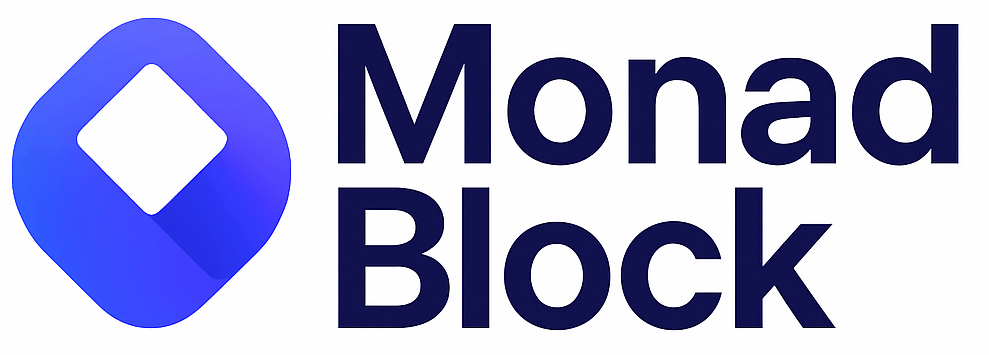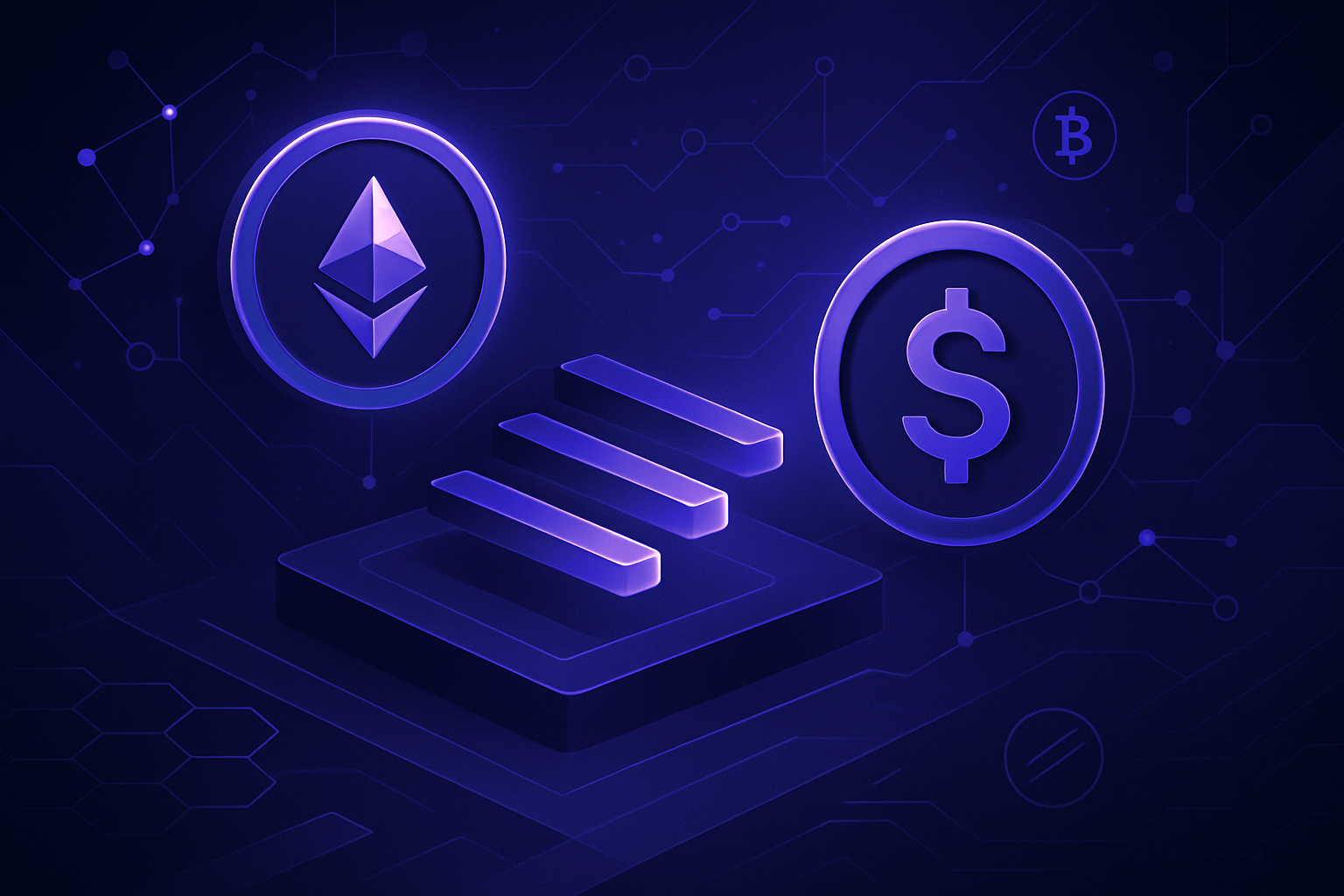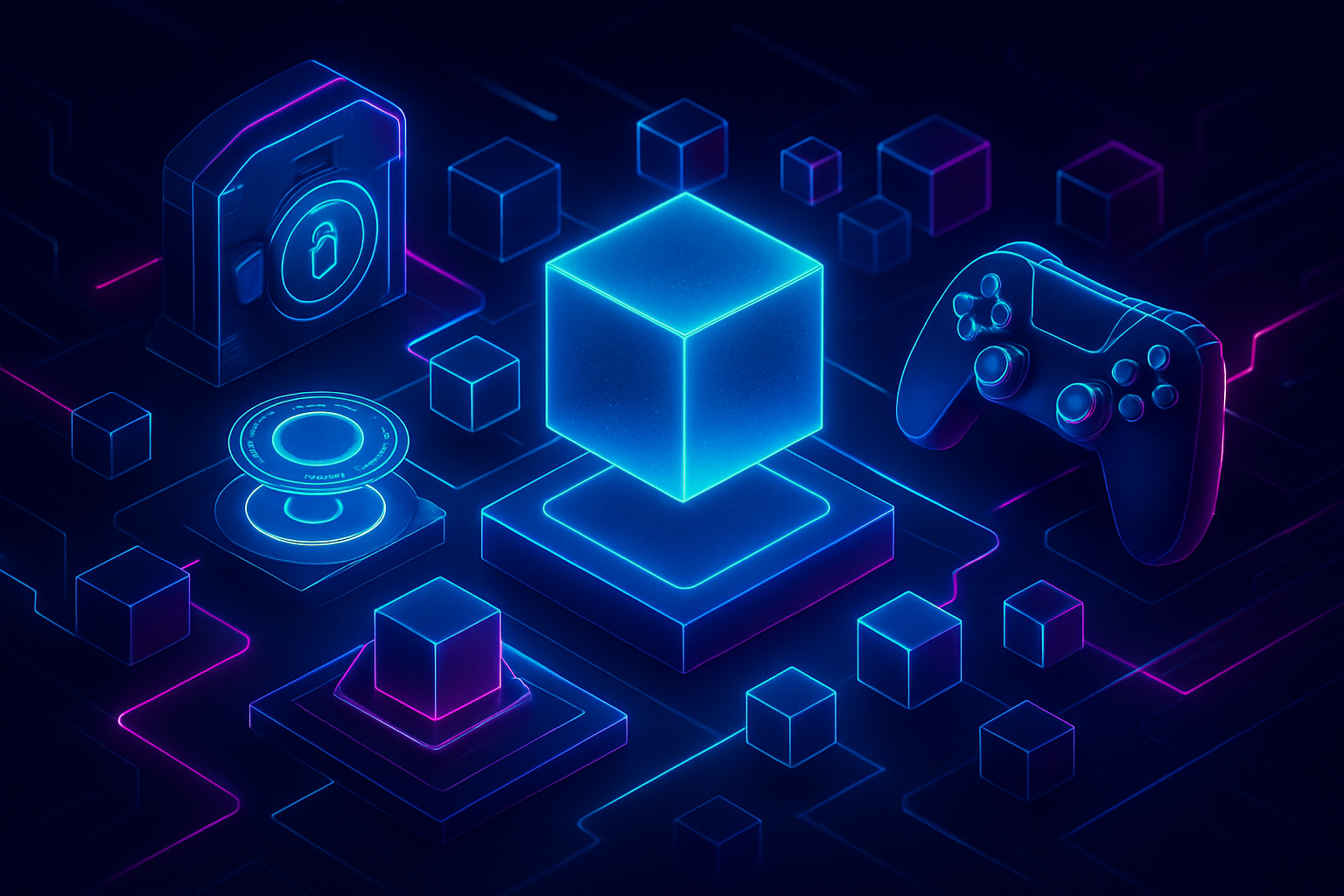
The landscape of Web3 gaming is evolving rapidly, with scalability and real-time responsiveness emerging as the defining features for next-generation on-chain games. Traditional blockchain infrastructure, constrained by sequential execution and high latency, has historically limited the scope of interactive gameplay and mass adoption. Monad is challenging this paradigm by delivering a high-performance, EVM-compatible Layer 1 blockchain purpose-built for real-time, scalable on-chain gaming.
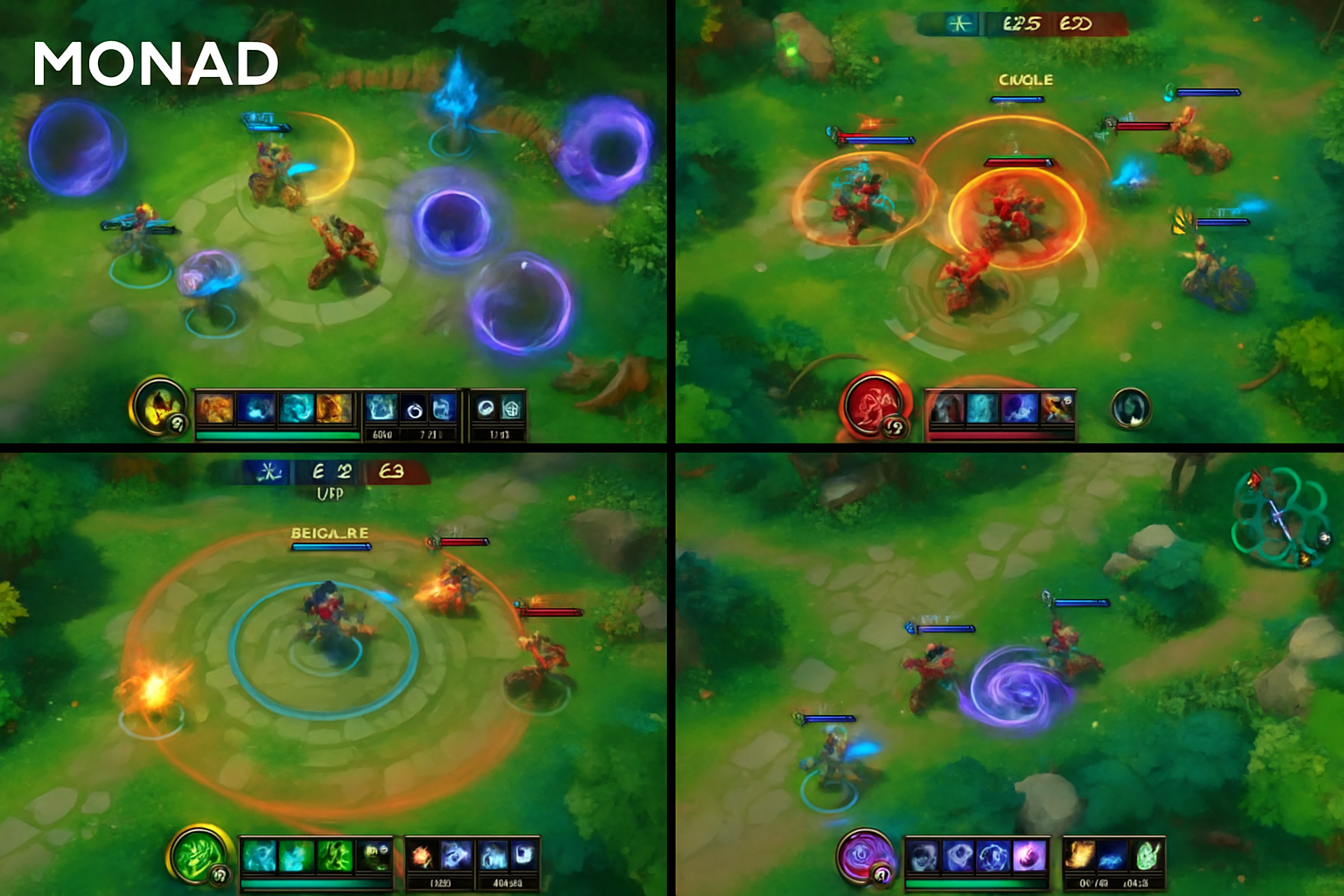
Monad’s Technical Edge: Unleashing Real-Time Blockchain Games
At its core, Monad is engineered for performance. With a throughput of 10,000 transactions per second (TPS), single-slot finality in just one second, and negligible gas fees, Monad eliminates the bottlenecks that have long hampered decentralized gaming. Its architecture leverages advanced parallel execution and asynchronous processing to support complex game logic, in-game economies, and player interactions without latency-induced friction.
This technical leap is not theoretical. As detailed in the Monad official documentation, developers can build on a fully EVM-compatible environment using existing Ethereum tools and codebases. This dramatically lowers the barrier to entry for teams transitioning from legacy blockchains or looking to scale their projects beyond what current EVM chains allow.
“Sequential execution limits performance and makes it difficult to scale real-time applications like orderbook DEXs, onchain games, or AI agents. ”: QuickNode Blog
Pioneering Projects: The Monad Gaming Ecosystem in 2025
The true test of any blockchain’s promise lies in its ecosystem. Several innovative projects are already leveraging Monad’s capabilities to redefine what’s possible in Web3 gaming:
Top Games Leading the Monad Ecosystem
-
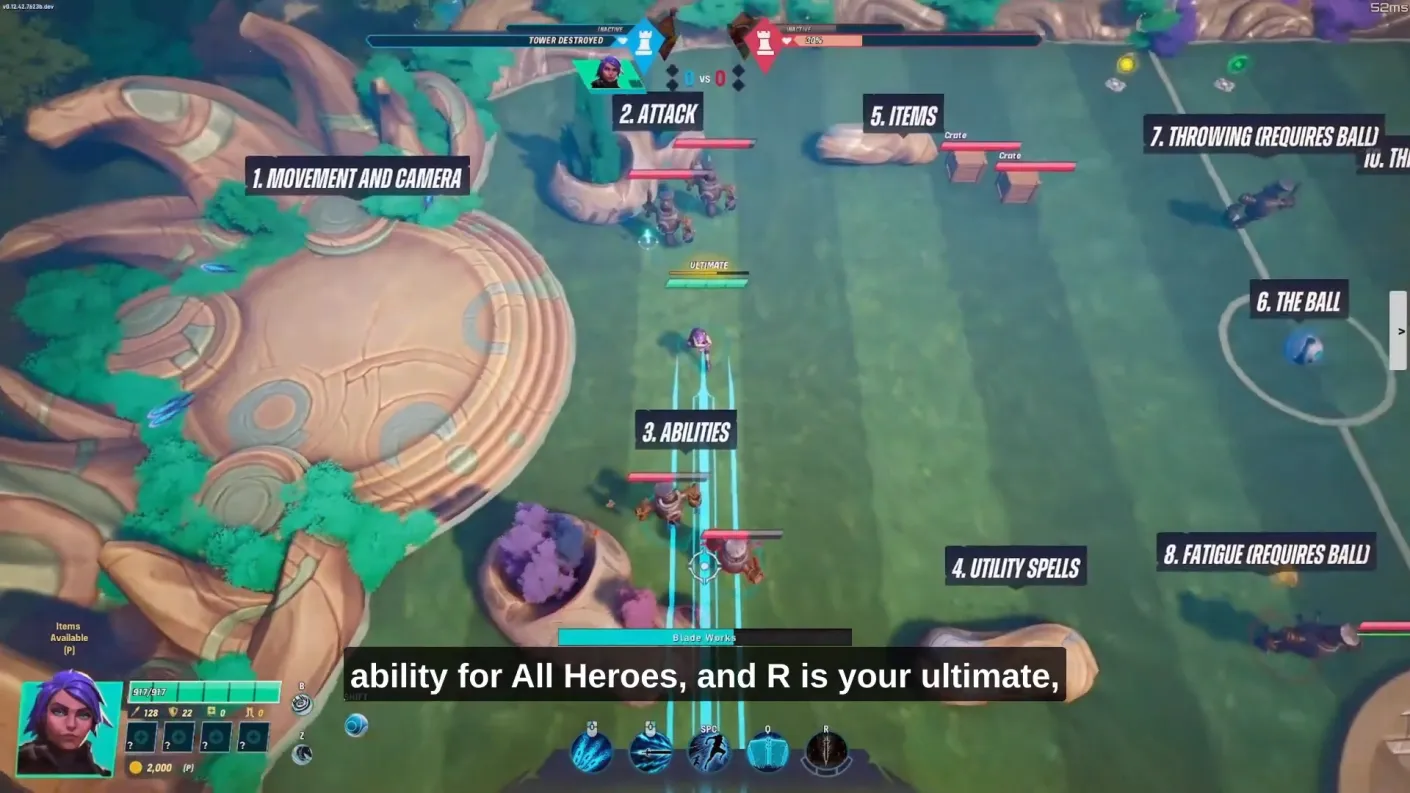
Sparkball by Opti Games is a 4v4 MOBA-style sports combat game that merges ball sports with fighting mechanics. Emphasizing a seamless gaming experience, Sparkball is set to launch on Steam in Q2 2025 with early access for Season Zero, leveraging Monad’s high throughput for real-time gameplay.
-
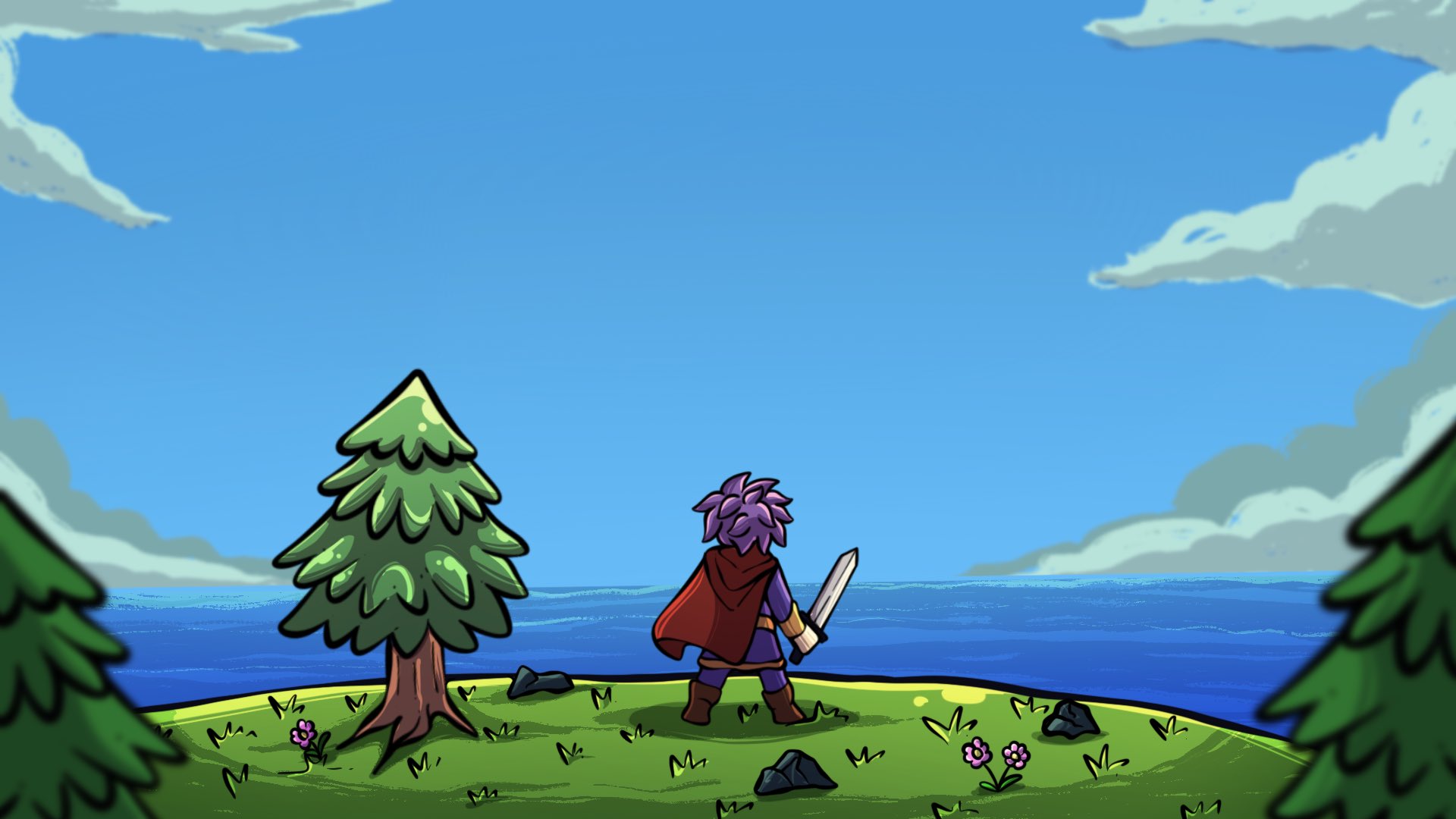
Breath of Estova is a pixel-style 2D MMORPG where players can earn $ESTOVA tokens through in-game achievements. The project is in active development, with a test version scheduled for release soon, showcasing Monad’s support for play-to-earn economies.
-
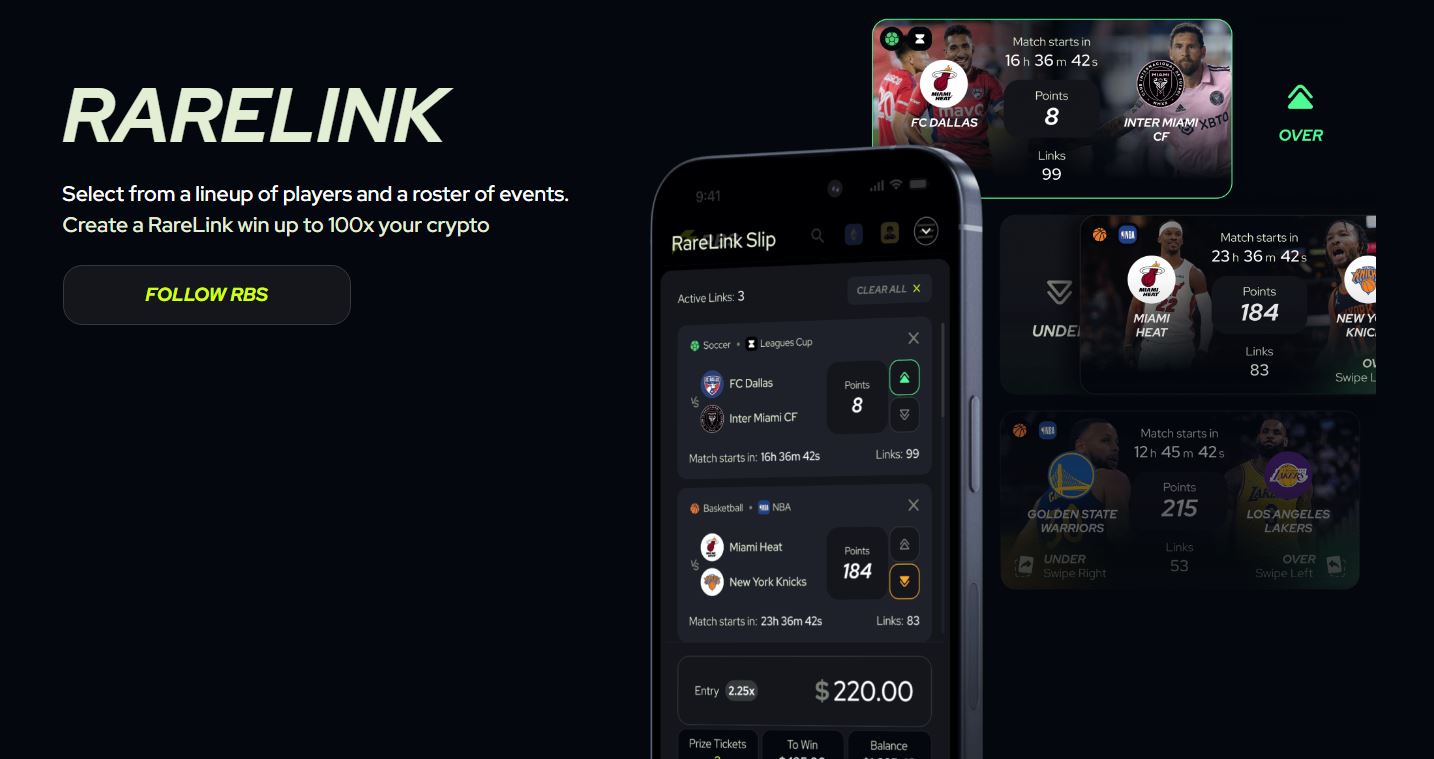
RareBetSports offers a decentralized sports competition platform featuring Daily Fantasy Sports and traditional betting. Its RareLink system enables users to create custom athlete combinations, with invitation-based access fostering an engaged community on Monad.
-
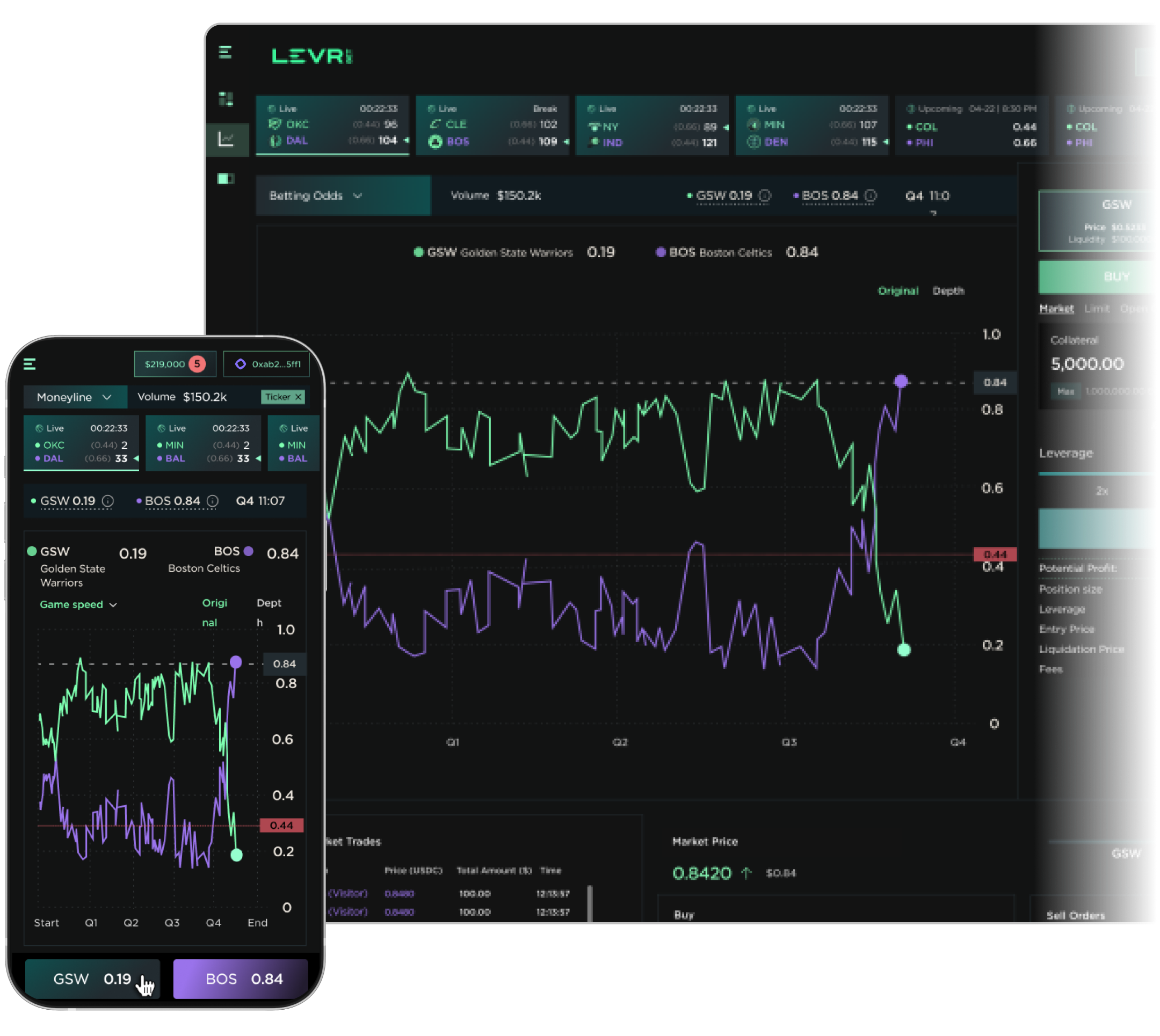
LEVR_bet is a sports entertainment and trading platform that allows users to invest on-chain with up to 5x leverage. Utilizing an oracle-driven liquidation engine, LEVR_bet ensures secure, transparent transactions, highlighting Monad’s suitability for advanced DeFi gaming applications.
- Sparkball: Developed by Opti Games, Sparkball blends MOBA mechanics with sports combat in a 4v4 format. The game prioritizes a seamless user experience over overt Web3 elements, demonstrating how Monad’s infrastructure can deliver mainstream-grade gameplay without compromising decentralization.
- Breath of Estova: This pixel-art MMORPG allows players to earn native tokens ($ESTOVA) through gameplay loops. Its design relies on low-latency interactions and high-frequency microtransactions, both natively supported by Monad’s parallelized engine.
- RareBetSports: A decentralized fantasy sports platform where users create athlete combinations via the RareLink system. Real-time data feeds and composable smart contracts are critical here, two areas where Monad excels due to its sub-second finality.
- LEVR_bet: Integrating sports entertainment with DeFi primitives such as leveraged trading (up to 5x), LEVR_bet utilizes an oracle-driven liquidation engine optimized for rapid settlement, a use case only feasible at scale thanks to Monad’s architecture.
EVM Compatibility Meets Performance: Why Developers Are Migrating
For game developers entrenched in the Ethereum ecosystem, migrating or deploying on a new chain often means sacrificing tooling or rewriting core logic, a significant friction point that stymies innovation. Monad solves this with full EVM compatibility while providing an order-of-magnitude improvement in speed and cost efficiency compared to legacy Layer 1s.
This combination supports both greenfield projects and established teams seeking scalability without abandoning mature Solidity codebases or devops pipelines. Moreover, platforms like Sequence now offer seamless onboarding tools for gasless transactions and frictionless UX specifically tailored for Monad developers (source). The result is an ecosystem where real-time multiplayer games, dynamic NFT economies, and interactive betting platforms can thrive natively on-chain.
Beyond technical compatibility, Monad’s architecture directly addresses the pain points that have previously made real-time blockchain gaming impractical. Its parallel execution model and rapid finality enable games to process thousands of player actions per second, synchronize global states instantly, and facilitate on-chain economies that mirror the responsiveness of traditional web2 platforms. This makes it possible for developers to design intricate gameplay systems, ranging from fast-paced PvP combat to real-time auctions and dynamic in-game asset trading, without worrying about lag or prohibitive transaction fees.
Critically, Monad’s low hardware requirements ensure that both indie studios and large-scale publishers can participate without incurring unsustainable infrastructure costs. This democratization of access is already reflected in the diversity of projects launching on Monad, from grassroots MMORPGs like Breath of Estova to sophisticated sports betting protocols such as RareBetSports and LEVR_bet. Each project leverages different aspects of Monad’s technical stack, but all benefit from the chain’s core commitment to throughput, affordability, and developer experience.
The Future of Scalable On-Chain Gaming: Opportunities and Challenges
The next phase for Monad Web3 gaming will likely center on composability and interoperability. As more games deploy on Monad, opportunities for cross-game economies, shared asset standards (such as ERC-721/1155 NFTs), and collaborative events will accelerate ecosystem growth. Developers can build modular experiences where assets earned in one game become usable in another, an innovation only feasible at scale with a high-throughput EVM gaming chain.
However, this rapid evolution is not without challenges. Security remains paramount: as transaction volume increases and smart contract logic becomes more complex, rigorous auditing and robust oracle integrations are essential. Additionally, user onboarding must remain frictionless to ensure mainstream adoption, a goal supported by integrations with platforms like Sequence but requiring ongoing UX iteration as new game genres emerge.
The market is watching closely as flagship titles like Sparkball prepare for their public launches. Their performance will serve as a bellwether for both user demand and the sustainability of Monad-powered ecosystems. Early indicators suggest strong developer momentum; according to recent ecosystem data (Monad official documentation), the number of active projects building on Monad has grown steadily since its mainnet debut.
Top Reasons Developers Choose Monad for Web3 Gaming
-
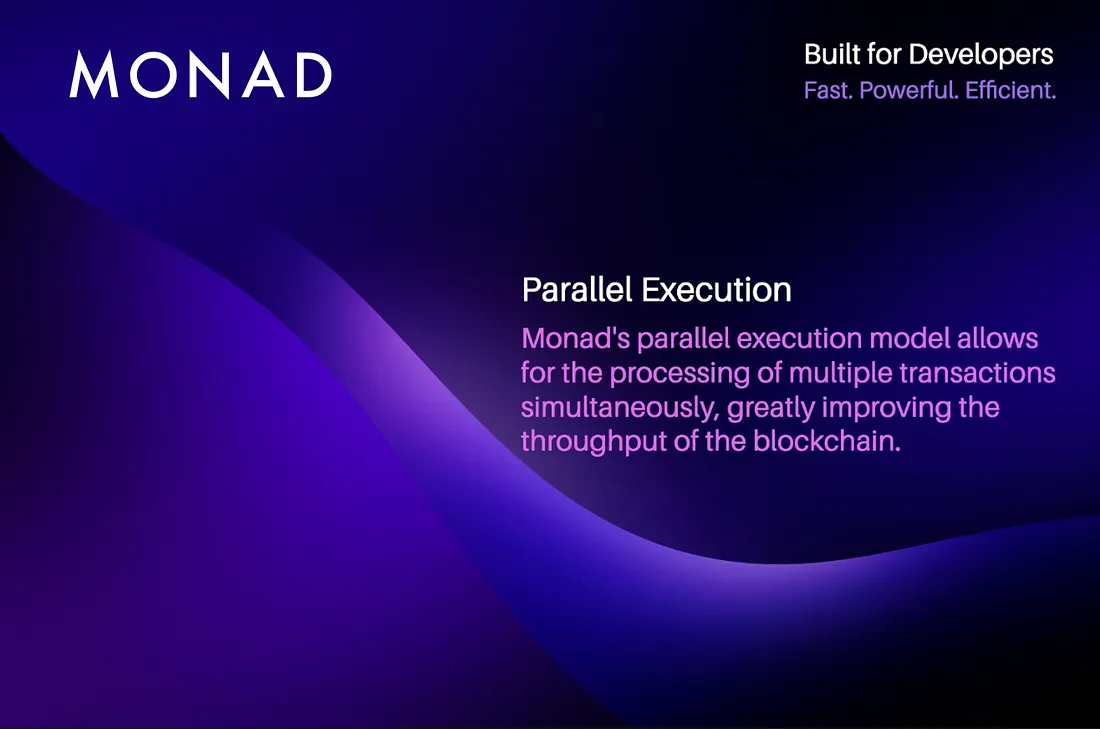
Unmatched Throughput and Low Latency: Monad delivers 10,000 transactions per second (TPS) with single-slot finality in just one second, enabling real-time, responsive on-chain gaming at scale.
-
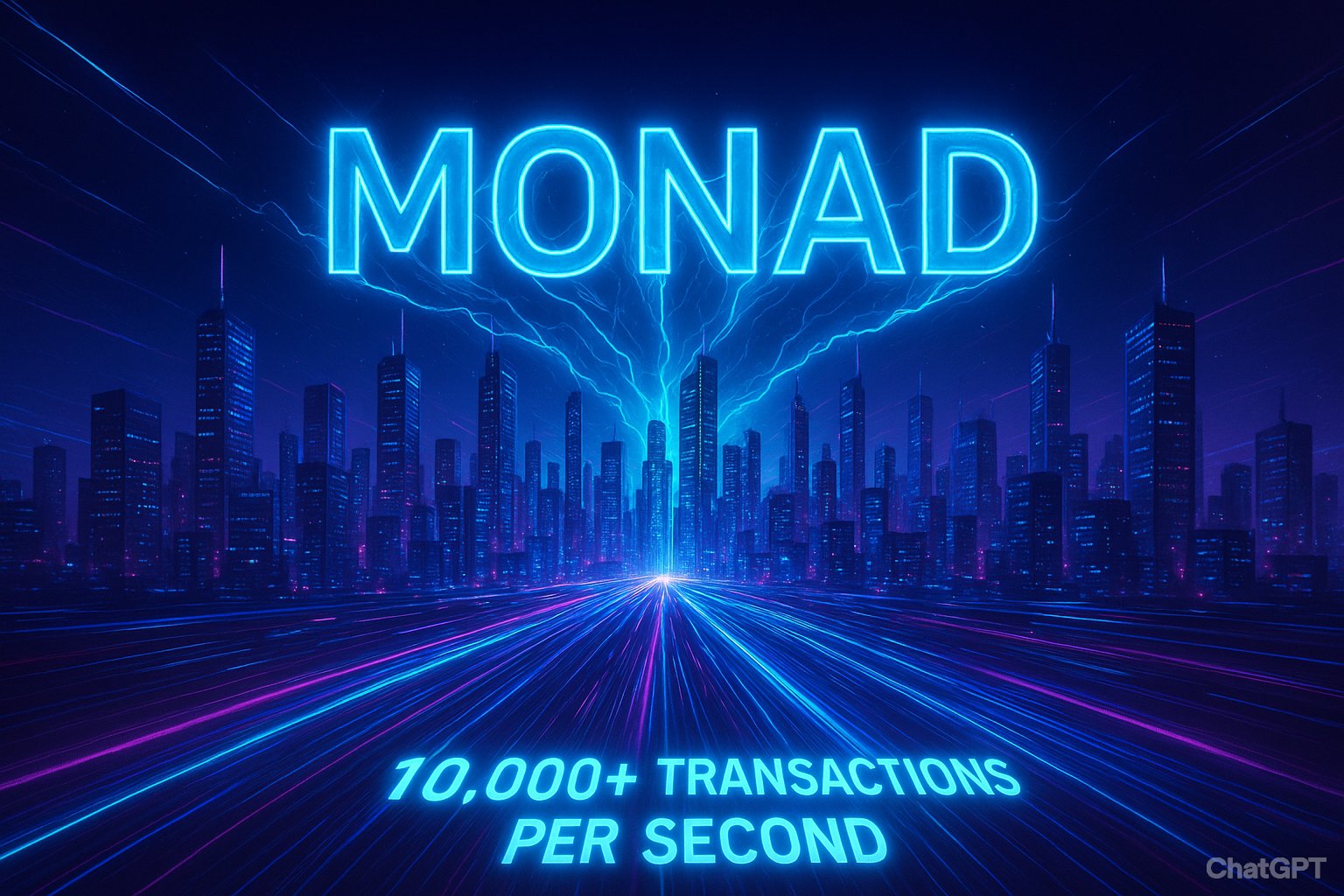
Near-Zero Gas Fees: Developers and players benefit from minimal transaction costs, making in-game actions and microtransactions economically viable for large user bases.
-
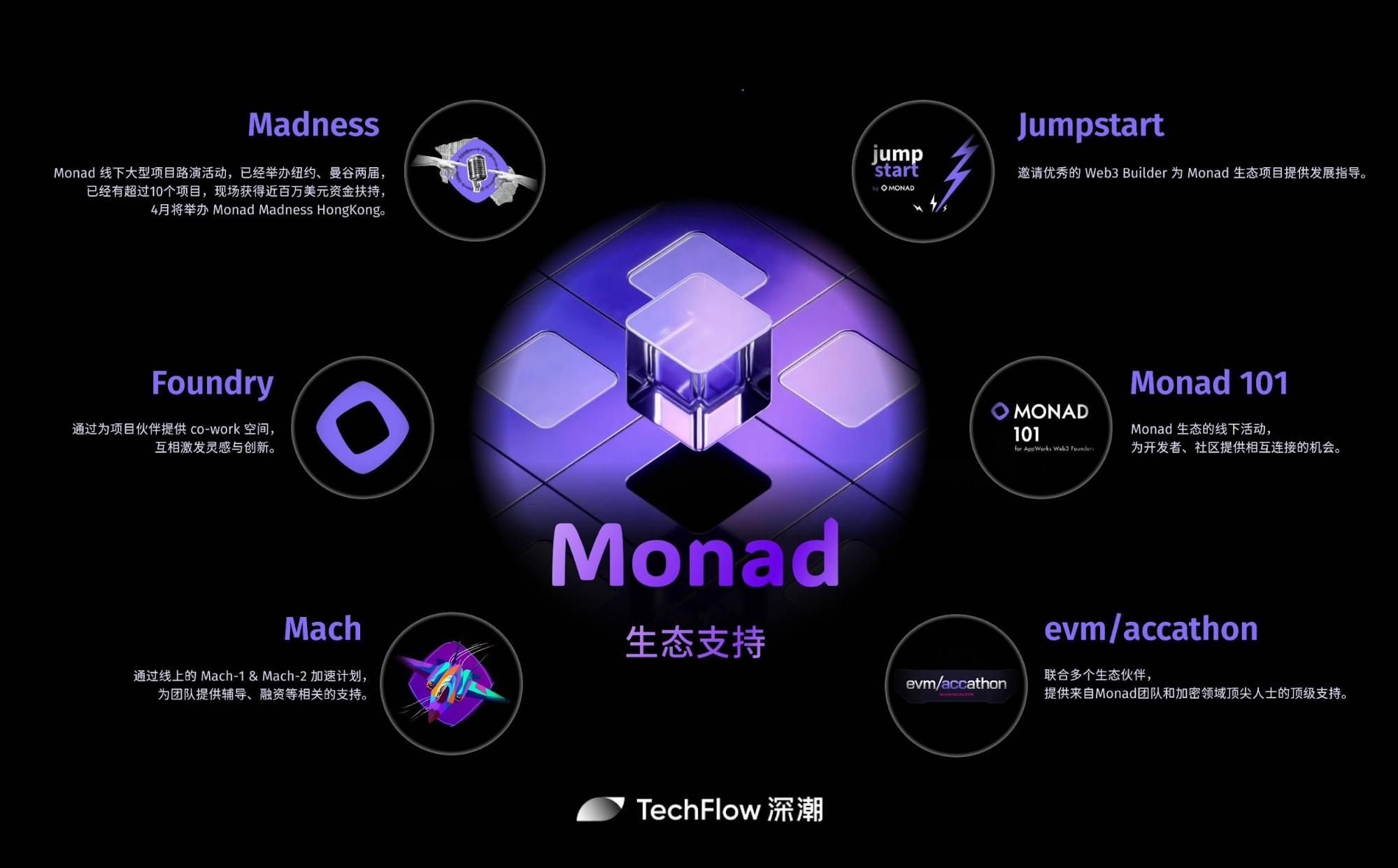
Full EVM Compatibility: Monad is fully compatible with the Ethereum Virtual Machine (EVM), allowing developers to leverage existing Ethereum tools, smart contracts, and codebases for a smooth transition and rapid deployment.
-
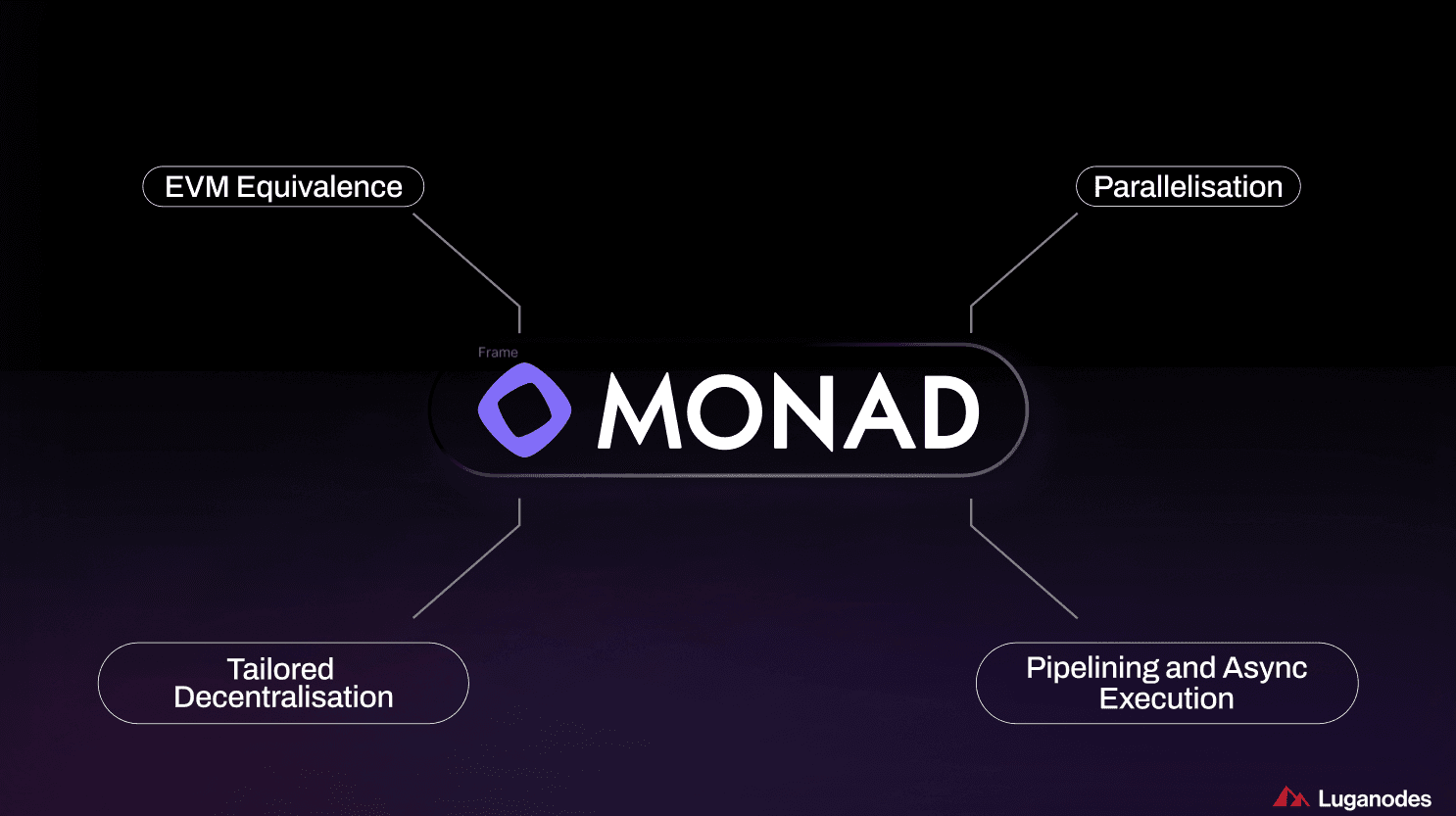
Advanced Parallel Execution Architecture: Monad’s custom execution and consensus clients enable parallel transaction processing, overcoming the sequential execution bottlenecks of traditional blockchains and supporting complex, real-time game logic.
-
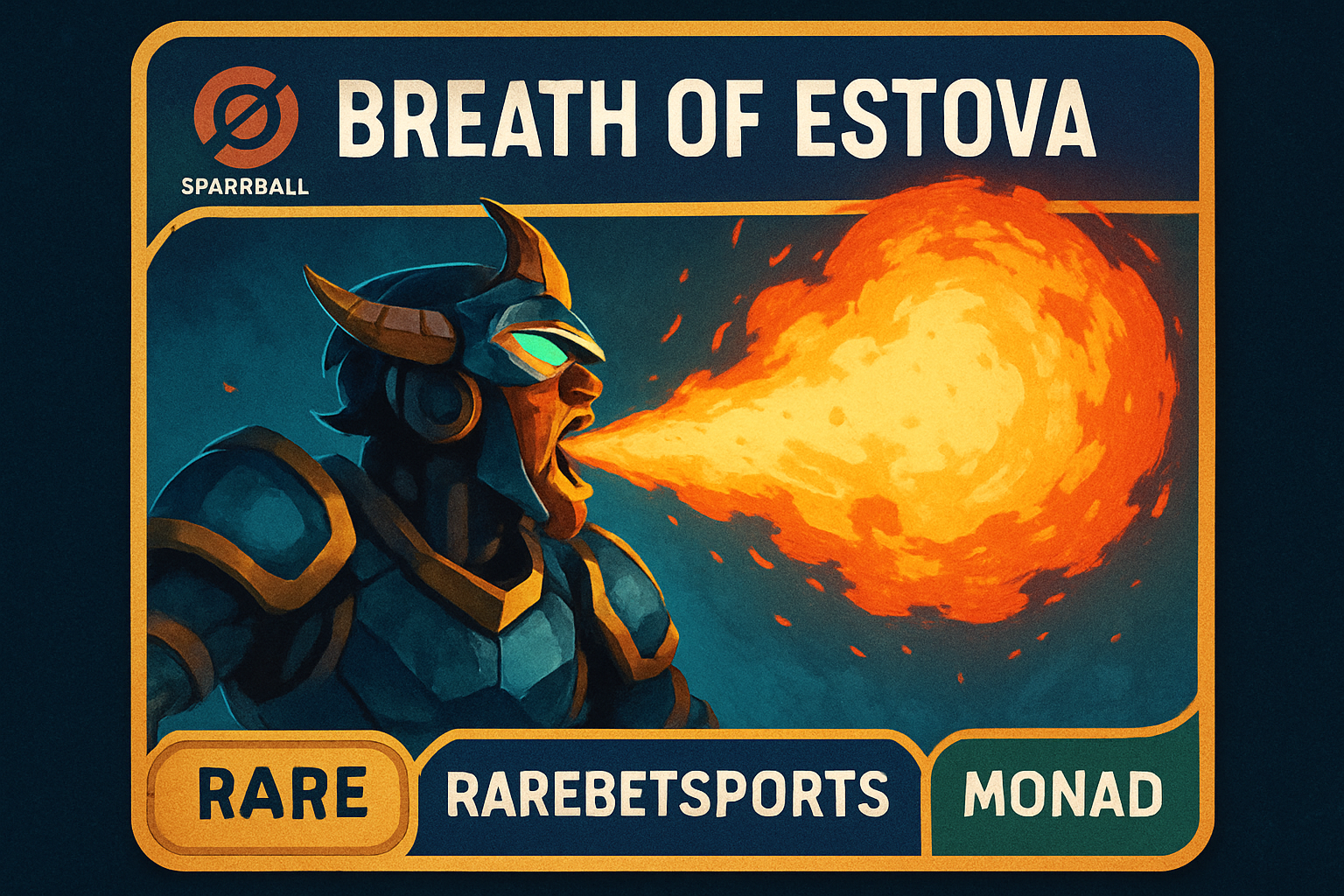
Proven Support for Innovative Gaming Projects: Leading Web3 games like Sparkball, Breath of Estova, RareBetSports, and LEVR_bet are actively building on Monad, showcasing its suitability for diverse, next-gen gaming experiences.
-
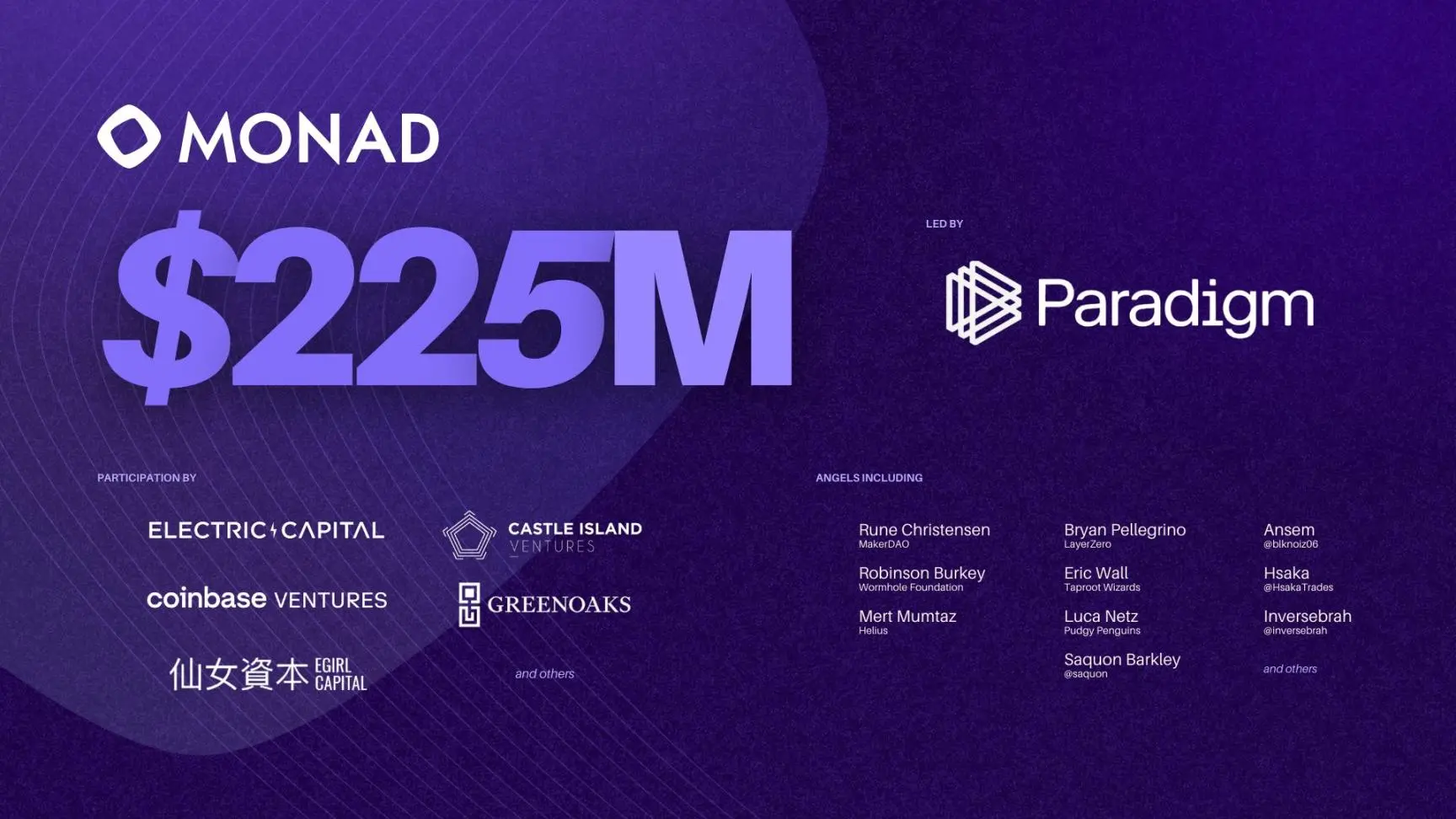
Seamless Onboarding and User Experience: Integrations with platforms like Sequence empower Monad developers to offer gasless transactions and frictionless onboarding, lowering barriers for mainstream adoption.
-
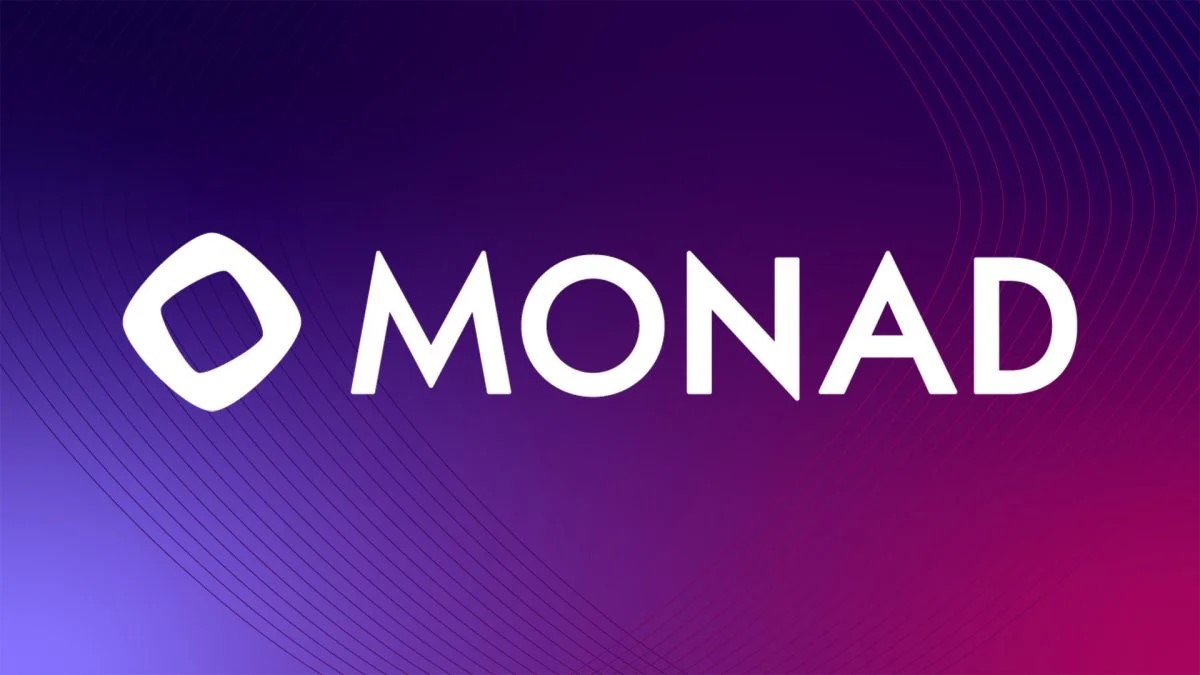
Low Hardware Requirements: Monad’s architecture is optimized for efficiency, enabling high performance without demanding specialized hardware, which broadens developer access and reduces operational costs.
Key Takeaways for Developers Entering the Ecosystem
If you’re considering building your next game on a blockchain purpose-built for speed and scale, several factors set Monad apart:
- EVM compatibility: Reuse Solidity codebases without compromise.
- Real-time performance: 10,000 TPS with 1-second finality enables responsive gameplay loops.
- Sustainable costs: Near-zero gas fees make microtransactions viable at scale.
- Diverse tooling: Sequence integration supports gasless onboarding; rich SDKs are available out-of-the-box.
- Ecosystem momentum: A growing roster of high-quality games signals strong network effects.
The convergence of high throughput, low latency, and full EVM compatibility positions Monad as an essential foundation for real-time blockchain games. As competition intensifies across gaming Layer 1s in 2025 and beyond, expect Monad’s unique blend of scalability and developer accessibility to drive a new wave of innovation, and potentially redefine what’s possible in decentralized play.
